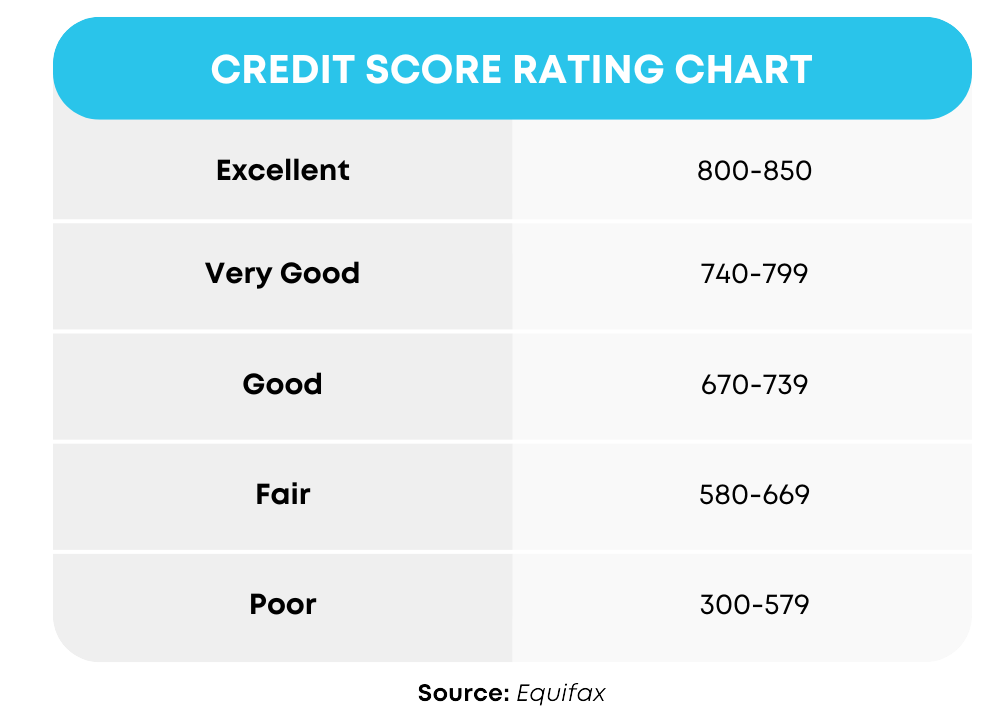Majority of car dealerships have trained sales staff for 12-Steps to the Sale – a sales system heralded as the proper way to interact with customers upon arrival. Sometimes customers know exactly what brought them to the dealership and want to be taken to it. But there are times shoppers want to explore various vehicle options and price points because they want to be sold on a vehicle. Some shoppers don’t want assistance and would rather set out on their own, but I recommend shoppers utilize the expertise of sales staff to expedite the process.
The first five steps to the sale, in which customers get involved, include Meet and Greet, Fact Find, Selling Evaluation, Sell from Stock, and Demo and Presentation. When a salesperson approaches, don’t be timid. Break the ice by introducing yourself. When he or she asks questions to get more information to guide you in the right direction, don’t be rude and refuse to answer. This is never an appropriate way to interact with a salesperson. Depending on the dealership, the next step is to take a look at your trade so they can make an offer. They will always provide a demo presentation on a vehicle in stock and offer a test drive. If test driving a new car you like, which is not equipped in the color or trim you desire, ask if the dealership has inbound units arriving soon fitting your criteria. After the test drive, you are not obligated to make a purchase. If the deal makes sense, then purchase because some vehicles won’t last long on the lot. If something doesn’t add up, don’t feel rushed or pressured into a purchase. Graciously turn down the offer. You have the option to return the next day, but keep in mind the vehicle might not be available due to being sold. The good news is there are hundreds of cars out there available for purchase, and there is nothing wrong with exercising patience to find the one you just can’t pass up!
Here’s to your car-buying success!


